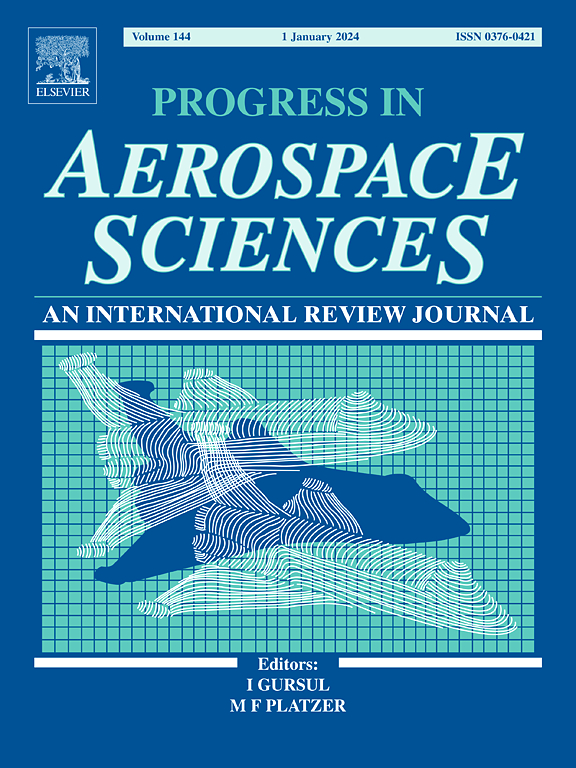Plasma-enabled additive manufacturing in space: Perspectives, innovative material processing technologies, and emerging challenges
IF 16.2
1区 工程技术
Q1 ENGINEERING, AEROSPACE
引用次数: 0
Abstract
Satellite technology is the cornerstone of space exploration. Recently, satellite constellations have emerged as an affordable and efficient way to expand the range of possible missions. Small satellites offer impressive capabilities and can be mass-produced and deployed. However, the long-term growth of the small satellite economy will depend on adopting sustainable product life-cycle management. This includes maximizing the efficiency and effectiveness of space operations by developing functional platforms for repair, servicing, and upgrading of assets after they have been deployed in space. Additive techniques, particularly those enhanced by the use of plasma, could become key tools in this endeavour as the use of charged particles may help overcome some of the challenges presented by the space environment, such as microgravity and extreme temperatures, reducing the risks and costs associated with repairs and upgrades. Our review examines the level of technological readiness of plasma-enhanced and plasma-enabled additive manufacturing technologies in view of their possible use for various in-space satellite repair and servicing tasks, concluding that it is sufficient to initiate its implementation in space. Looking towards the future, key obstacles and benefits of incorporating 3D plasma printing technology in both open space and microgravity environments are explored.
空间等离子体增材制造:观点、创新材料加工技术和新挑战
卫星技术是太空探索的基石。最近,卫星星座已经成为一种经济有效的方式来扩大可能的任务范围。小型卫星提供了令人印象深刻的能力,可以大规模生产和部署。然而,小卫星经济的长期增长将取决于采用可持续的产品生命周期管理。这包括通过开发用于在空间部署资产后进行维修、维护和升级的功能平台,最大限度地提高空间业务的效率和有效性。附加技术,特别是那些因使用等离子体而得到加强的技术,可能成为这一努力的关键工具,因为带电粒子的使用可能有助于克服空间环境带来的一些挑战,例如微重力和极端温度,减少与维修和升级有关的风险和成本。鉴于等离子体增强和等离子体支持的增材制造技术可能用于各种空间卫星维修和服务任务,我们的审查审查了其技术准备水平,得出的结论是,它足以启动其在空间中的实施。展望未来,探讨了在开放空间和微重力环境中结合3D等离子打印技术的主要障碍和好处。
本文章由计算机程序翻译,如有差异,请以英文原文为准。
求助全文
约1分钟内获得全文
求助全文
来源期刊

Progress in Aerospace Sciences
工程技术-工程:宇航
CiteScore
20.20
自引率
3.10%
发文量
41
审稿时长
5 months
期刊介绍:
"Progress in Aerospace Sciences" is a prestigious international review journal focusing on research in aerospace sciences and its applications in research organizations, industry, and universities. The journal aims to appeal to a wide range of readers and provide valuable information.
The primary content of the journal consists of specially commissioned review articles. These articles serve to collate the latest advancements in the expansive field of aerospace sciences. Unlike other journals, there are no restrictions on the length of papers. Authors are encouraged to furnish specialist readers with a clear and concise summary of recent work, while also providing enough detail for general aerospace readers to stay updated on developments in fields beyond their own expertise.
 求助内容:
求助内容: 应助结果提醒方式:
应助结果提醒方式:


